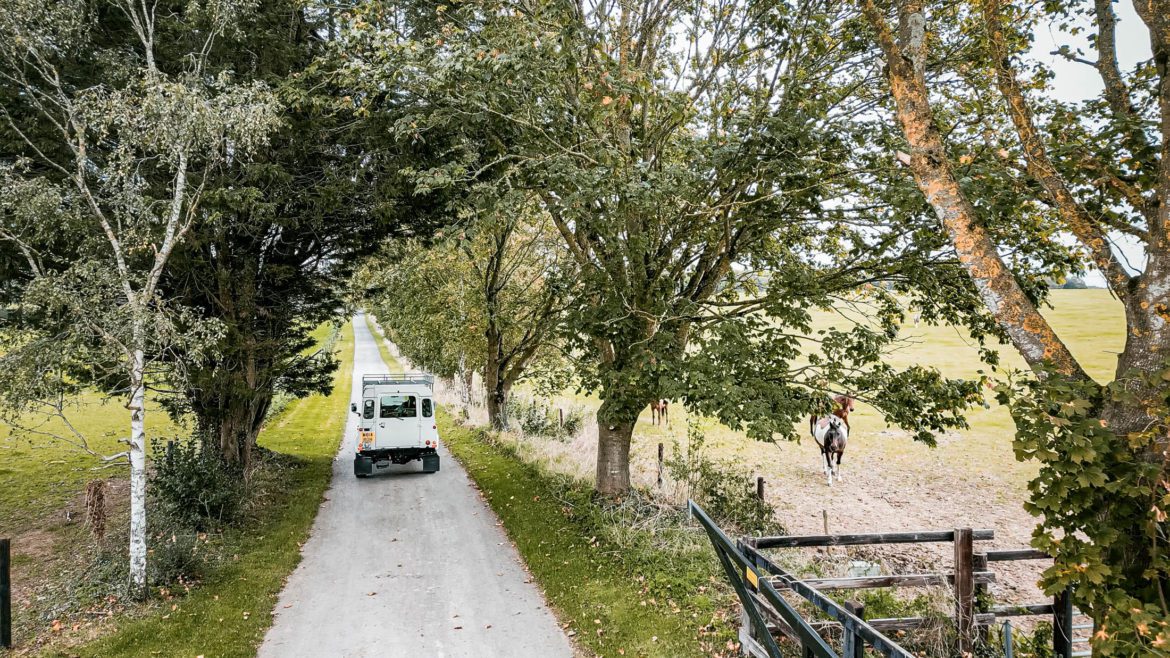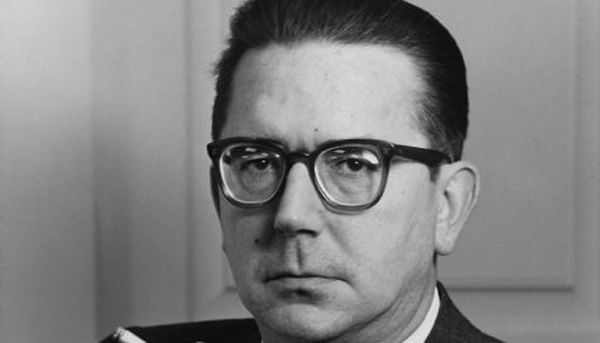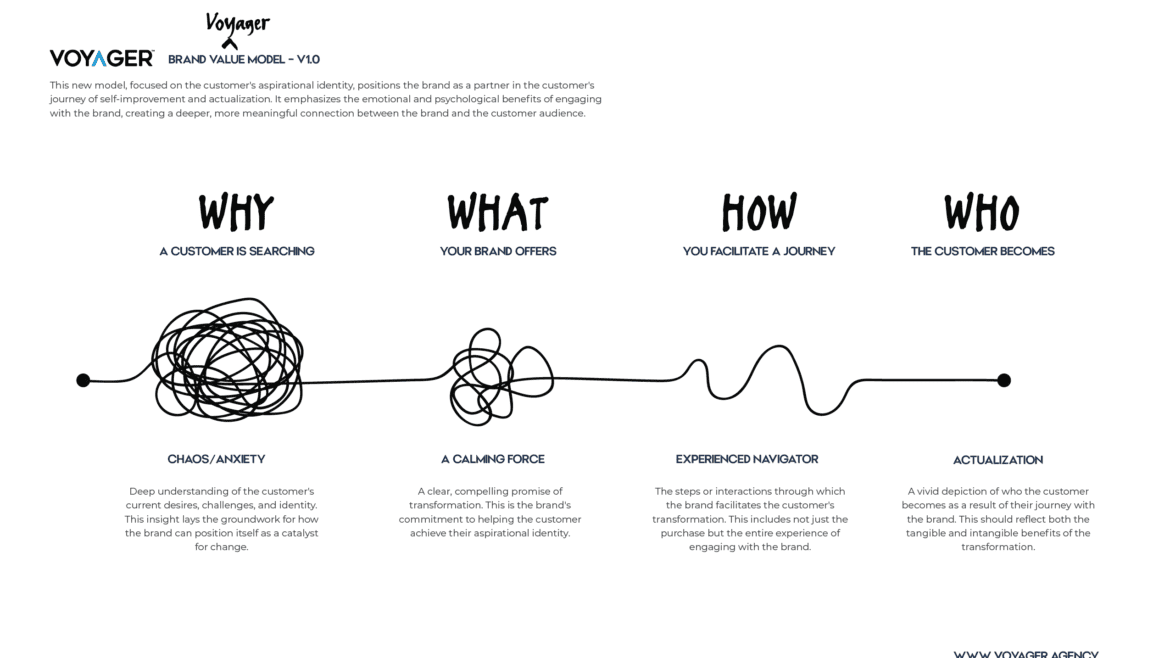The Power of Mission, Vision, and Values Statements for SMBs
https://www.kraabel.net/wp-content/uploads/2024/06/missionvisionvalues-1024x576.png 1024 576 Michael Kraabel Michael Kraabel https://www.kraabel.net/wp-content/uploads/2024/06/missionvisionvalues-1024x576.pngFor small and medium-sized businesses (SMBs), establishing a clear mission, vision, and values statement is more than just a create exercise; it’s a strategic necessity. These statements serve as the guiding compass for your brand, helping to focus efforts, align team members, ensure consistent communication, and build a cohesive company culture. Let’s explore why these…
read more












